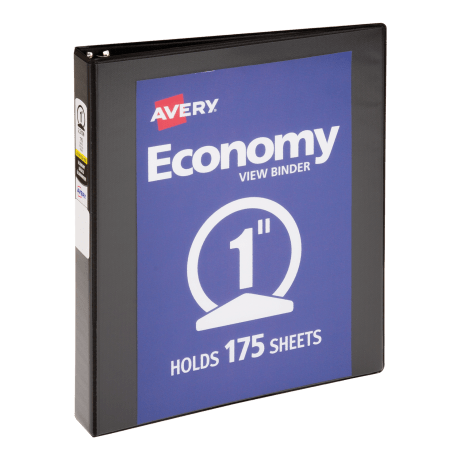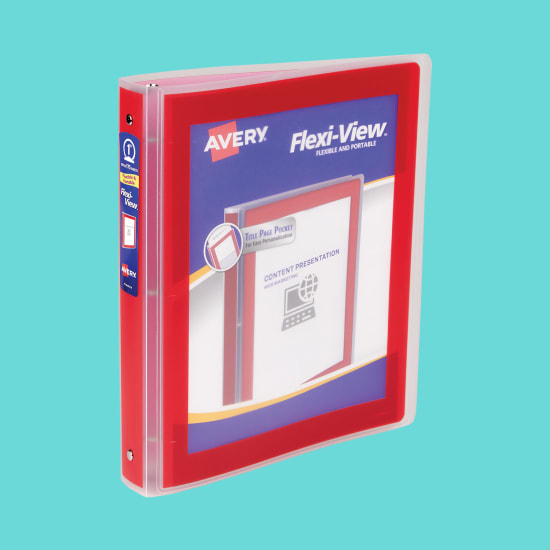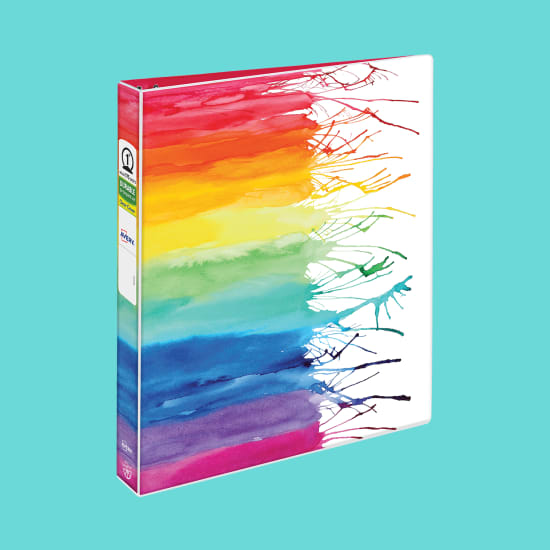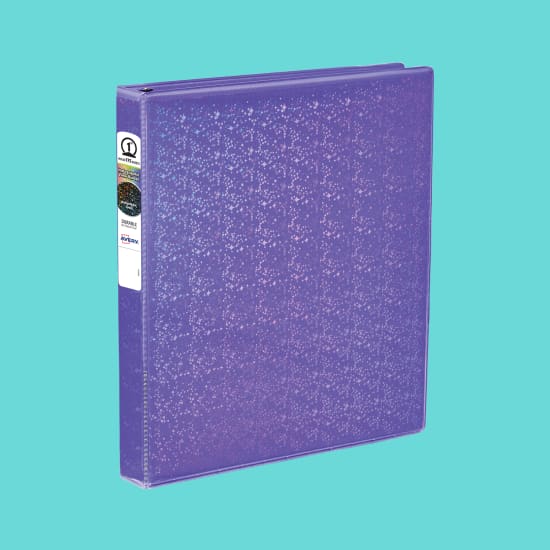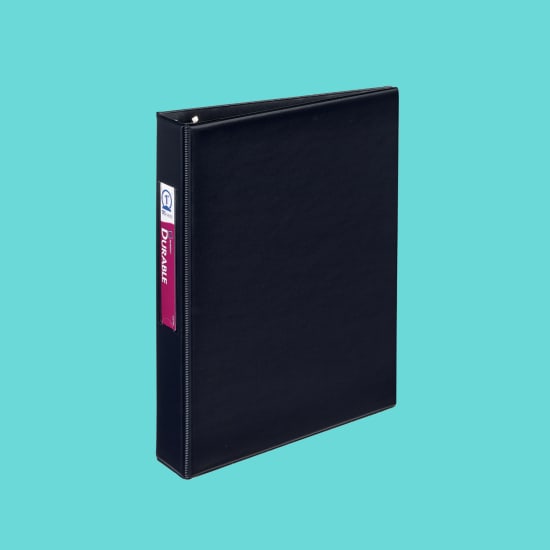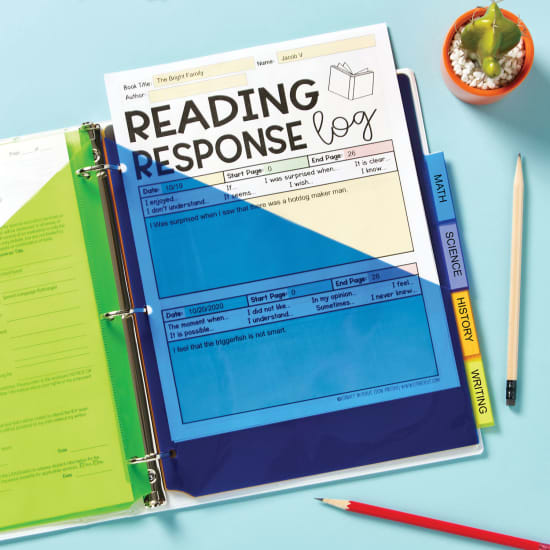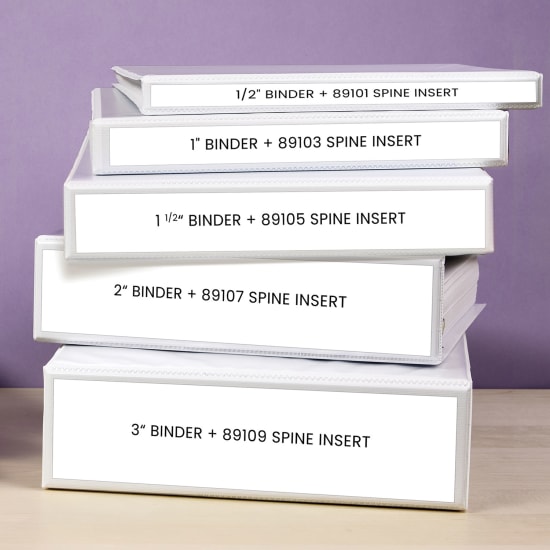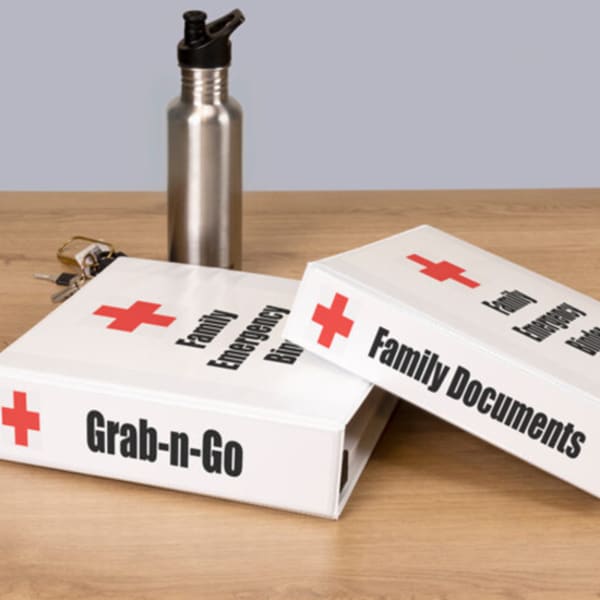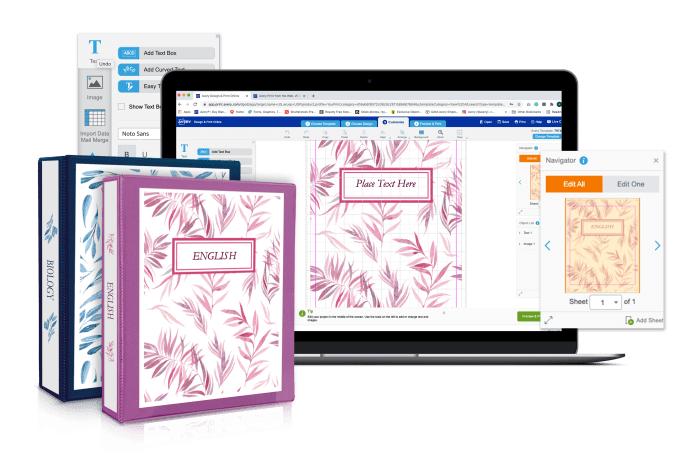Tips for Making the Most of Your Binder
Learn how to choose, organize, and customize the best binder for your project.
Avery Design & Print Online
Create & print custom binder covers and spine inserts.
- Choose from a variety of free template designs
- Upload your own designs or create from scratch
- Personalize with custom text, colors and graphics
- Save projects online or to your computer
- Print saved projects from any device
- Easily share projects links via email
Binders & Accessories FAQs
What is the difference between durable and heavy-duty binders?
The key difference between durable and heavy-duty binders is the extra functionality that makes heavy-duty binders more efficient for long-term and very frequent use. For example, thicker cover boards and One Touch boosters that make the binder rings easy to open with, well, one touch. Additionally, heavy-duty binders have more pockets for extra organization and quickly storing loose papers.
However, both Durable and Heavy-Duty Avery binders like these ones are made of sturdier materials in general, so they last longer than the average binder. Specifically, the edges and spine are welded and molded differently to prevent splitting along those areas. These processes are patented construction features called DuraEdge® and DuraHinge®, respectively.
What is the difference between standard and economy binders?
The short answer is: nothing. Economy, or standard, binders are simply 3-ring binders that have just the basic elements that are essential. For example, Avery Economy Binders have a rigid front and back cover, each with an inner pocket, and round rings with a simple booster to open and close them. However, even the most basic (standard) binders have some variations. For example, they can range in size/sheet capacity and have a view or non-view cover.
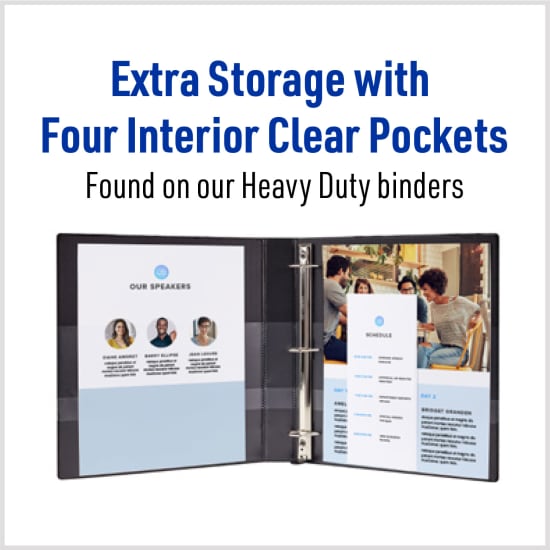
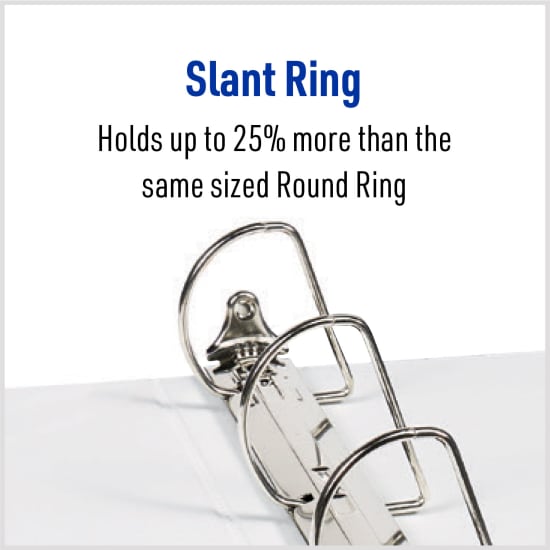
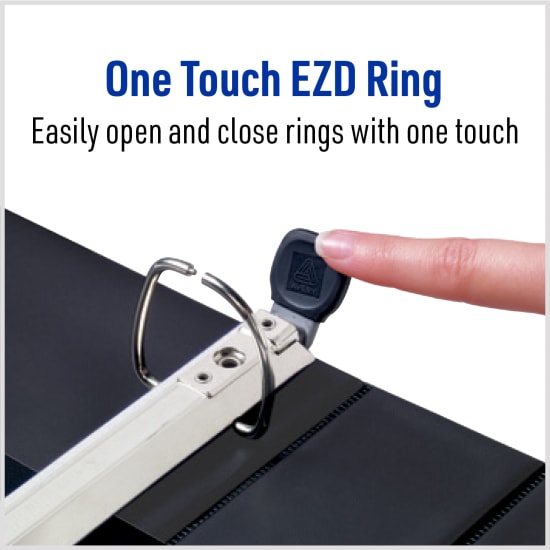
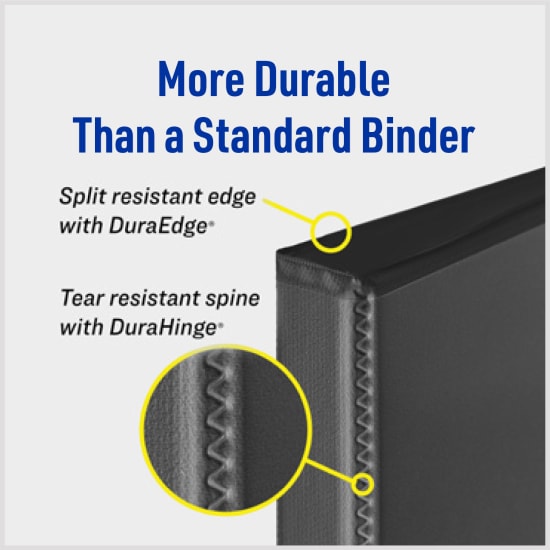
Avery Binder Comparison Chart
| Key Feature | Benefit | Economy | Durable | Heavy Duty |
|---|---|---|---|---|
| DuraHinge® | Resists tearing | No | Yes | Yes |
| DuraEdge® | Resists splitting | No | Yes | Yes |
| One Touch | Pages are kept secure yet easy to access | No | No | Yes |
| Board thickness | Thicker boards for more frequent use | Standard | Thick | Thickest |
| Ring shape | EZD has highest page capacity, followed by slant | Round | Slant | EZD |
| Pockets | Organize and secure paper | Two | Two | Four |
| Colors | Style and appearance options | Black, white | Black, white, blue, green and more | Black, white, blue, green, red and more |
| Wider panels | Prevents damage; fully covers sheet protectors and dividers | No | Yes | Yes |
Avery classifies binders into three categories: Economy, Durable, and Heavy-Duty. Indeed, we break down the uses and benefits of each category in our guide to choosing the best binder for school. Our Economy binders have just the basic features that are essential for any binder and are available at lower prices which is ideal if you need to stretch your budget. They also come in a color range limited to black and white. In contrast, both Durable and Heavy-Duty binders come in more colors and have more features that make them better for long-term use. For example, Durable binders have thicker cover boards than Economy binders and slant rings, which allow for higher sheet capacity for each size. Additionally, Durable binders feature our patented DuraHinge and DuraEdge construction that resists splitting.
Heavy-Duty binders are the top-tier of Avery binders, with the most features for longevity and frequent use. Not only do Heavy-Duty binders feature DuraHinge and DuraEdge and come in a wider range of colors, but they also have even thicker cover boards than Durable binders. Additionally, Heavy-Duty binders have more pockets and feature EZD rings, which have the highest sheet capacity, and One Touch boosters that open and close the binder rings with one touch. Both Durable and Heavy-Duty Avery binders come in varieties with wider covers to better fit papers in sheet protectors and cover divider tabs.
What are binders made out of?
Binders are generally made out of a combination of paper, vinyl or other plastics, and metal. Specifically, the covers are usually made of something rigid wrapped in paper or plastic with a metal or plastic spine and rings to hold papers. For example, Avery binders are made with thick cardboard wrapped in non-stick polypropylene, which is durable and PVC-free, while the spines and rings are made of steel.
Because our binders are PVC-free, they’re ideal for kids to use at school as well as creating DIY academic planners, and recipe binders. Check out this article for steps to how to make your own recipe binder.
What size paper fits in a binder?
The average binder in the United States and Canada is 9" by 12" and will fit 8.5" by 11" paper. It’s important to know that 8.5" by 11" paper is also called "A4" and "letter size," so you know what to look for on the package when buying paper for your binder.
However, it’s important to note that 9" by 12" is an average size, so there may be some variation. For example, Avery Durable and Heavy-Duty binders are designed to secure regular 8.5" by 11" letter-size paper, but the covers are slightly wider than normal. This is so that they cover sheet protectors (which stick out a little further than paper) and the tabs on dividers. Additionally, there are mini-binders like the ones we offer to consider. The average mini binder fits A5 paper, which is roughly 5.5" by 8.5".



